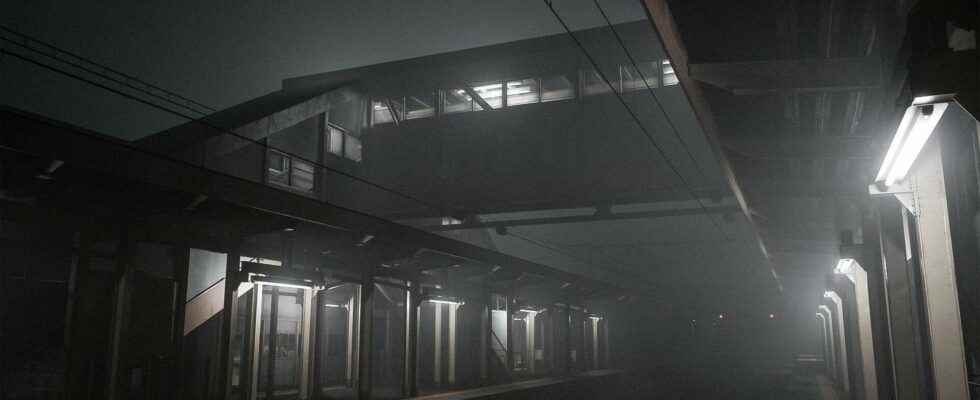An Italian designer has created a computer-generated image of a train station in Japan, and the rendering is simply exceptional. For this, he used Unreal Engine 5, the graphics rendering engine of Epic Games, the publisher of Fortnite.
You will also be interested
[EN VIDÉO] When sci-fi images become reality Imagine that lightsaber fights could be real. Or let Princess Leia’s hologram come to life before your eyes. This is what researchers from Brigham Young University (USA) are proposing. They have developed a screen-free system to create animated holograms in the air. Holograms visible from all angles. All from trapped particles, set in motion and illuminated by lasers. © Brigham Young University
You really have to pinch yourself to believe it! The video below is totally contrived. This is not a video taken with a smartphone or any small digital camera, but rather a sequence entirely created on computer. It is the work of the 3D designer Lorenzo Drago and it depicts Etchū-Daimon Station, Tokyo, Japan.
Created with UnrealEngine 5, Epic Games’ famous rendering engine (Fortnite), this sequence was designed from A to Z by this Italian artist. With the exception of foliage, this Milanese reproduced “manually” the steps, the lightsthe textures, lighting and animation. Of course, there are no characters in his sequence, and it’s still a setting, but it’s amazing to realismin particular by the quality of the rendering of lights and exposures.
Everything is computer generated in this sequence, and yet it feels like it’s reality. © Lorenzo Drago
A month of work for three minutes
” For this project, I wanted to get as close as possible to photorealism, he explained. I used camera matching to achieve precise proportions and made careful use of source. I adjusted the measurements afterwards to favor modularity. In addition to detail textures and alphas (note: component that indicates the degree of transparency of each pixel in the image) created from the photos, I designed all the textures from scratch in Painter and created custom materials in Unreal to use with the painting of Vertex or masks to break up repetition. »
This three-minute sequence took him a month of work, and it’s obviously not tomorrow that we’ll see such work, almost artistic, in a game. But it’s very promising, and to give this real feeling of real, there is of course the sound and this impression that it is filmed with a telephone. ” To shoot the video, I used tracking VR in real time to give the illusion of a portable camera and flashlight. All created with a computer which is not a monster of power, since the author explains that his machine is equipped with a processor AMD Ryzen 7 3700X and a Graphic card nVidia GeForce RTX 2080.
Right now, receive the Mag Futura for free by subscribing to our subscriptions!
You wish discover the benefits of our subscriptions?
It’s the right time to do it with our special offer: join the subscription “I participate in the life of Futura” (for a minimum of 3 months) and receive the Mag Futura at home (worth 19 €)!
Interested in what you just read?
